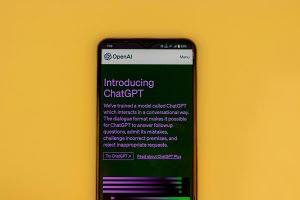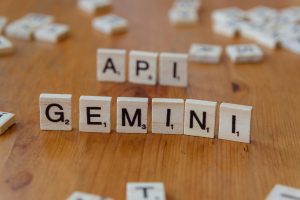suddenly programmers don’t need to worry about losing their jobs to ais anytime soon!!!
New Opportunities for Programmers: Embracing AI with DeepSeek’s V3
In recent times, there’s been a palpable concern within the programming community about job security in the face of advancing artificial intelligence (AI) technologies. However, a recent development is turning this insecurity into an opportunity: over 50,000 businesses are now equipped to create their own AI models in just two months using DeepSeek’s open-source V3 approach. This burgeoning demand opens a dynamic market for programmers, offering them a fresh and promising avenue for their skills and expertise both now and in the foreseeable future.
Building Cutting-Edge AI Models: A Technical Guide
For those interested in this exciting prospect, there is a comprehensive technical report available that details the process of developing these models. You can explore it here. Additionally, a couple of insightful YouTube videos delve deeper into the subject, providing further understanding and practical insights:
– Video 1
– Video 2
Assessing the Skills Landscape
DeepSeek V3’s analysis sheds light on the current landscape, outlining the specific skills required to build such AI models and estimating the number of programmers who already possess these capabilities. Here’s a closer look at the technical skills needed:
Essential Programming Skills:
- Advanced Machine Learning (ML) and Deep Learning (DL):
- Mastery of frameworks such as PyTorch and TensorFlow.
- Acquaintance with transformer architectures, attention mechanisms, and Mixture-of-Experts (MoE) models.
-
Proficiency in optimization methods like AdamW and gradient clipping.
-
Large-Scale Model Training:
- Expertise in distributed training methodologies including pipeline, data, and expert parallelism.
-
Familiarity with multi-GPU and multi-node training configurations.
-
Low-Precision Training:
- Comprehension of FP8, BF16, and mixed-precision training techniques.
-
Skills in custom quantization and dequantization.
-
Custom Kernel Development:
- Crafting efficient CUDA kernels for GPU acceleration.
-
Enhancing memory management and computation-communication overlap.
-
Multi-Token Prediction and Speculative Decoding:
- Implementing comprehensive














1 comment